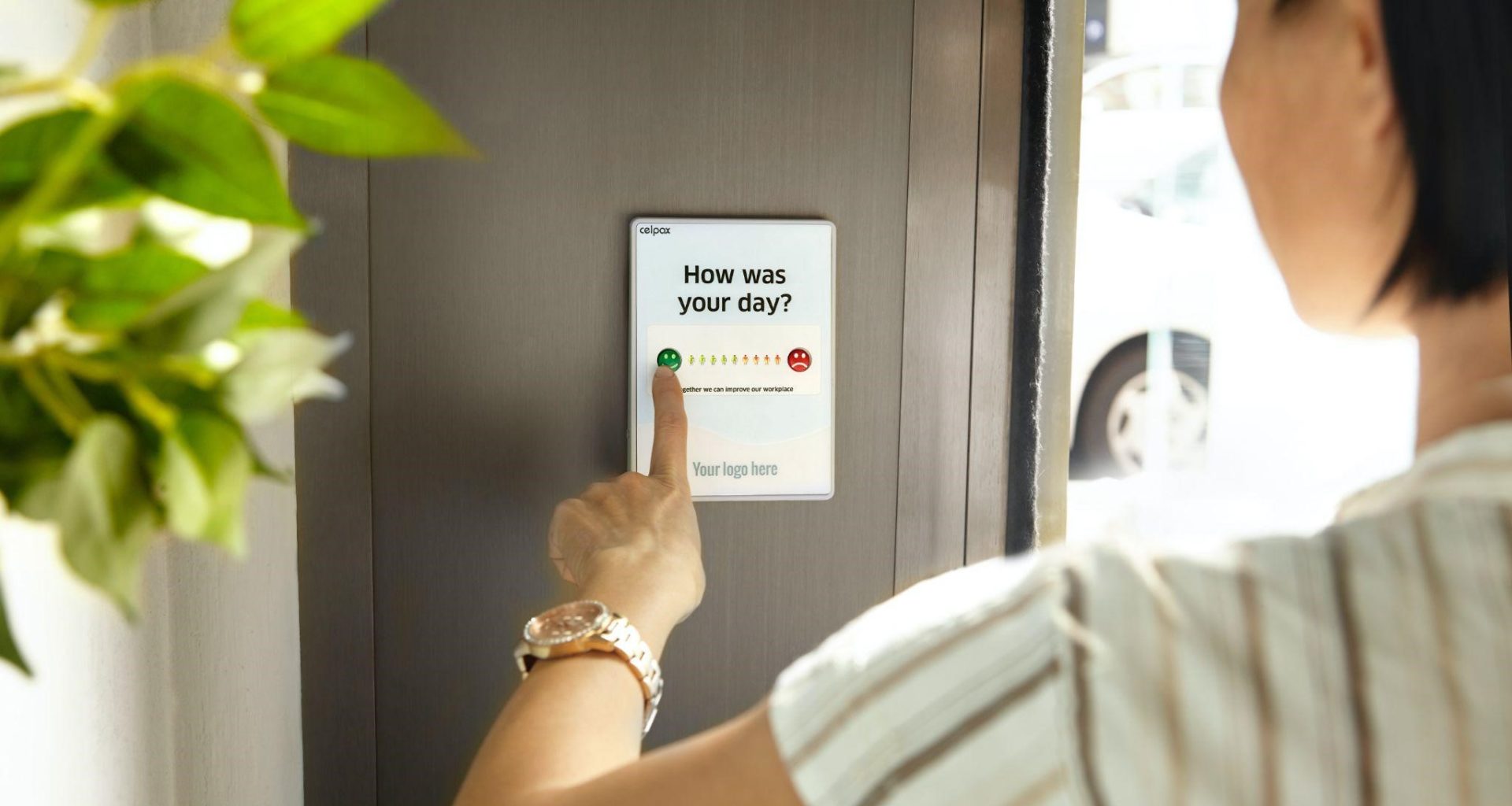You may have the best product in the world, and your company’s service may be second-to-none. Unfortunately, that doesn’t guarantee the success of your startup. As every seasoned entrepreneur knows, businesses live and die by the quality of their employees. In the era of the Great Resignation, though, business owners may find it harder than ever to attract and retain talent.
When you do find that ideal candidate, chances are you’re going to want to do everything in your power to keep them. That’s not always so easy, however, given the pains of an often lengthy and laborious recruiting and onboarding process.
The good news, though, is that recruiters and business owners have more reason than ever to be optimistic about their capacity to staff their startups efficiently and effectively. The key lies in the use of automation and artificial intelligence (AI) to identify and mitigate pain points in the onboarding process.
Auditing your onboarding process
The first, and perhaps most significant, benefit of integrating AI tech into the recruiting and onboarding lifecycle is the immense power of these technologies to assess and optimize your processes.
AI, with its vast machine learning capacities, can be enormously effective in identifying obstacles in your startup’s onboarding. For example, using AI-based training for new employees enables these systems to track your recruits’ performance on individual training tasks. Then, you can use the resulting data both to define problematic areas and to formulate solutions in real time.
AI systems, for instance, might detect patterns of task abandonment and subsequent behaviors in the onboarding process — e.g., do the recruits simply skip the task, or do they abandon the onboarding process entirely? After acquiring such data, AI systems can triage hiring and training challenges in order of priority and use evidence-based solutions to increase the likelihood of candidates successfully completing their training.
These evidence-based solutions are derived principally from the extraordinary research capacity of AI technologies and machine learning. AI systems can collect and analyze billions of data points, often in mere seconds. This enables business owners and recruiters to select the best data-driven options for improving hiring and training processes.
How Do Smart Contracts Work for Startups?
Automating document and signing
One of the most significant pain points for candidates during onboarding is the length of the process. Recruits can find themselves facing lots of frustration and significant delays relating to new hire paperwork.
Automation, though, can dramatically accelerate onboarding by optimizing documentation management. These systems can identify exactly what kinds of documents each recruit will need to complete the hiring process. Then, the platform will generate and disseminate those documents to the new hire all on one platform and in real time, enabling new hires to electronically sign the required paperwork securely and legally.
Thus, AI-based automation can transform a process that might once have taken days into one that can be completed in a matter of minutes.
AI programs to personalize training
You don’t have to be a recruiter to understand that every candidate is different, each applicant bringing with them their own unique set of strengths and weaknesses. Before the advent of onboarding AI, these individual variations were subsumed by a formulaic, one-size-fits-all training process. This not only failed to realize the full potential of the onboarding process but also made the process more of a drudgery than a true learning experience.
With AI, though, employers are better able to identify a candidate’s aptitudes, skills and weaknesses from the outset. Equipped with this insight, you can then tailor the onboarding process to meet the particular needs and interests of each new hire.
For example, automated onboarding and AI-based machine learning enable training modules to be modified instantaneously to the learner’s needs based on their actions in previous tasks and responses to previous questions. Similarly, automated recruiting tools can be used to analyze candidate referrals, resumes and other application documents to construct more accurate candidate profiles that may be deployed for recruiting, training and management alike.
Free Download: The Definitive Guide to Technology for Startups
AI for data entry
The capacity of AI to facilitate new hire paperwork can substantially accelerate the hiring process. The same is true of the use of AI in data entry. AI assistants can auto-populate relevant data in the myriad forms that new candidates are asked to complete before they can officially and legally be hired.
This can eliminate a great deal of redundancy for the recruit, streamline the onboarding process and free up time for the new hire to focus on higher priority items, from learning company policies and procedures to mastering the specificities of the job role.
Question-and-answer systems
Another arena in which AI shines as an onboarding powerhouse is in the deployment of chatbots and other question-and-answer systems. These tools can facilitate screening, interviewing and training. Recruiters no longer have to devote hours to screening candidates, and recruits don’t have to wait for managers and trainers to answer their questions.
Chatbots, for instance, can be used to extemporaneously formulate interview questions and use machine learning to assess the candidate’s aptitudes, character and personality based on their responses.
Potential downsides
For all the immense promise of the use of automation and AI in onboarding, that does not mean that the picture is entirely rosy. AI technologies may be vulnerable to bias in recruiting, screening and training processes.
Such biases may derive from the often unconscious biases of the human developers who coded the AI programs. This does not mean, though, that there aren’t practical, ethical uses for AI in recruitment. What it does mean, however, is that recruiters and business leaders must remain alert to the threat and prepared to address it through the deliberate deployment of diversity and inclusion employment initiatives.
The takeaway
Finding and retaining the perfect employee has always been both art and science. However, by integrating AI and automation into your onboarding process, you can truly eliminate some of the most significant pain points in the hiring lifecycle. In the process, you can transform your onboarding into a streamlined, personalized, and highly successful process.






